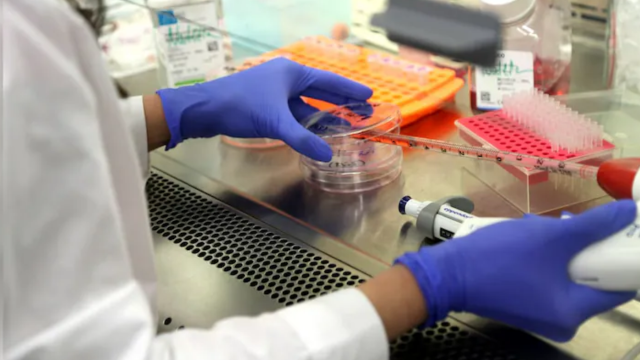21 Aug 2025 : In a world-first achievement, scientists at the University of Queensland’s Frazer Institute have successfully grown the most lifelike human skin ever in a laboratory setting. The breakthrough advances the frontier of regenerative medicine and promises new avenues for treating severe skin disorders, burns, and other conditions.
What Makes This Skin “Lifelike”?
Unlike previous skin models limited to single layers and cell types, this new skin organoid replicates the complex structure of human skin with remarkable fidelity. The lab-grown tissue includes:
- Blood vessels and capillaries for nutrient circulation
- Hair follicles and nerve components
- Multiple layers of tissue—including epidermis, dermis, and immune cells
This intricate architecture enables researchers to model diseases and tissue responses with a degree of realism previously out of reach.
Years in the Making
Developing this skin model took approximately six years of meticulous work. Scientists began by reprogramming human skin cells into pluripotent stem cells, which were then coaxed to form three-dimensional skin organoids via advanced differentiation protocols
Dr. Abbas Shafiee, senior research fellow, emphasized that this model is transformative compared to previous, simpler alternatives. Professor Kiarash Khosrotehrani, director of the Frazer Institute, noted that the breakthrough is a major step forward in the quest for more effective treatments for inflammatory and genetic skin diseases.
Clinical Potential—But Not There Yet
While this milestone offers hope, researchers caution that widespread clinical application—such as skin grafts or wound repair—remains “down the track.” For now, the organoid serves as a powerful platform for:
- Studying diseases like psoriasis, atopic dermatitis, scleroderma, and rare genetic disorders
- Testing drugs and therapies with a high degree of accuracy using laboratory-grown human tissue
Professor Allison Cowin of the University of South Australia called the model a “useful stepping stone” for screening new treatments, particularly for painful genetic disorders like epidermolysis bullosa (EB), without placing vulnerable patients at risk.
Broader Implications and Future Outlook
This achievement places Australia at the vanguard of regenerative medicine. With Queensland recording some of the world’s highest rates of skin cancer, the ability to grow such realistic skin has far-reaching potential—not just for disease modeling but for improving wound healing and transplantation.
Looking ahead, researchers aim to refine integration of functional features such as sweat glands, pigmentation, and sensory detection. Though clinical trials are a ways off, this breakthrough represents a foundational step toward more natural, effective treatments for patients whose lives are impacted by skin disease, trauma, or surgery.
Summary
Researchers at the University of Queensland have developed the world’s most lifelike lab-grown human skin, featuring blood vessels, hair follicles, neural and immune components. Created over six years using stem-cell-derived skin organoids, this advanced model holds promise for studying and treating skin conditions like psoriasis, dermatitis, and genetic disorders. While not yet ready for clinical use, the skin can significantly improve drug testing and disease modeling. Experts see it as a critical step toward future skin grafts and therapies. Regenerative medicine, skin cancer treatment, and burn care could all benefit as the technology matures.


